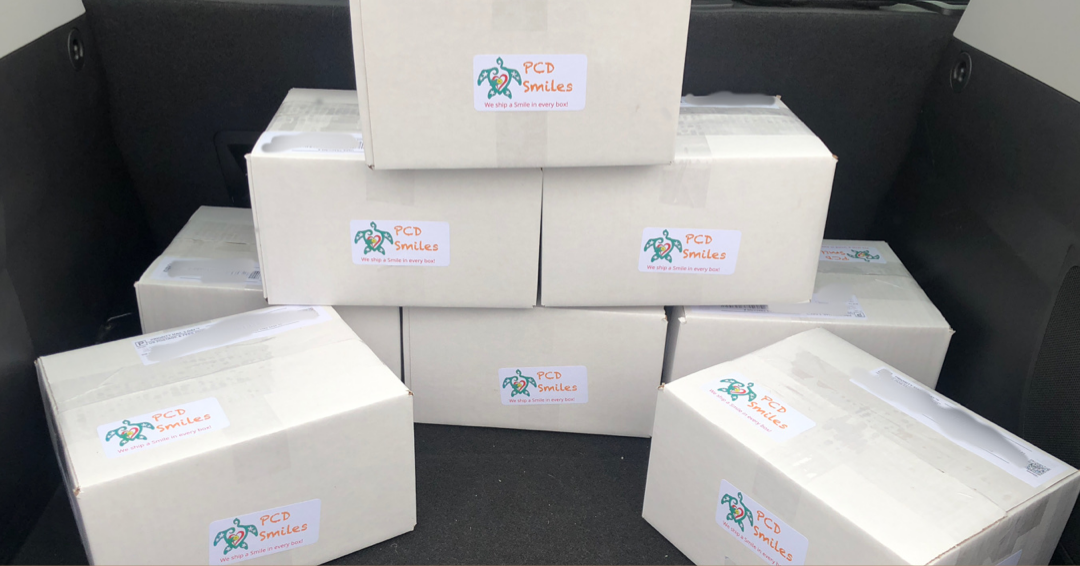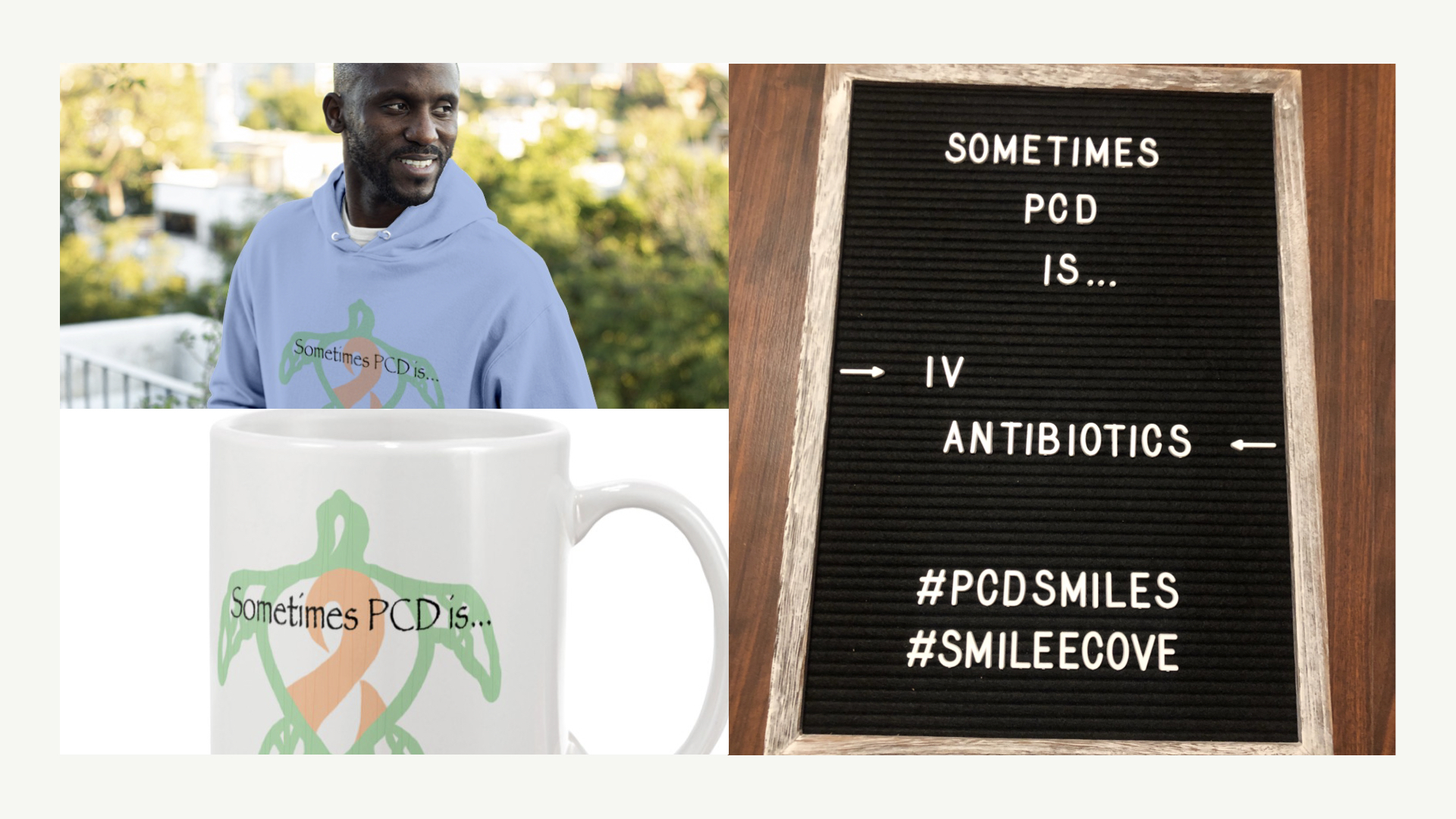The next device that we will cover in our airway clearance technique (ACT) series is oscillatory positive expiratory pressure (OPEP). OPEP is the most prescribed ACT device for bronchiectasis patients in the United States. In stable bronchiectasis patients twice daily therapy with an OPEP device can improve the patient’s quality of life, improve the subjective symptoms of the patient, and improve airway clearance. However evidence of effectiveness of OPEP therapy is lacking for non-stable patients with bronchiectasis who experience frequent exacerbations. Evidence is also lacking for bronchiectasis patients with higher viscosity secretions or rather thicker mucus. While there is scientific evidence that shows that OPEP devices prevent acute exacerbations in chronic obstructive pulmonary disease (COPD), evidence is lacking that OPEP devices prevent acute exacerbations in patients with bronchiectasis. The main draw back to OPEP devices for any patient is that the device performance is subjective to each particular OPEP device, each chosen device setting, as well as patient effort and cooperation and lastly the patient’s overall health picture.
Oscillating positive expiratory pressure devices operate on the same premise of PEP devices (positive expiratory pressure devices). Both PEP and OPEP devices stent the airways open to prevent early airway collapse during expiratory attempts; while allowing ventilation to get behind the mucus and create airflow over the surface of the airway mucus to shear mucus from the airway walls. Think wind over a body of water that helps direct airflow and create ripples on a pond, or blowing air over a puddle and how it causes the puddle to ripple and move in the direction of airflow. Oscillating positive expiratory pressure (OPEP) devices, unlike PEP devices, add in airflow oscillations to attempt to stimulate ciliary beat frequency to coincide with the airway’s natural ciliary beat frequency; and to create turbulent airflow spikes to reduce mucus viscoelasticity to help shear mucus from the airway walls. Basically the OPEP device’s airflow oscillations facilitate mucociliary clearance. OPEP devices are meant to augment a patient’s existing mucociliary clearance. In patients with ineffective mucociliary clearance or mucociliary clearance disorders like primary ciliary dyskinesia (PCD) the use of OPEP devices is subjective. And as with positive expiratory pressure, oscillating positive expiratory pressure also temporarily improves pulmonary volume by recruiting peripheral airway ventilation, this aids in the mobilization of mucus in the peripheral airways towards the central airways. On going clinical studies have failed to prove that one OPEP device is superior over other OPEP devices, the efforts to identify which ACT device is superior continues to this day.
OPEP devices are classified as either gravity dependent devices or gravity independent devices. OPEP gravity dependent devices include but are not limited to the Flutter® (Fluter Valve®), Gelomuc®, Pari O-PEP®, Shaker Medic Plus®, TurboForte®, and Air-Physio®. They operate by moving a steel ball within a confined space with exhaled air creating vibratory effects. To move the ball the device must be kept in an upright position which makes it difficult to use in certain instances and certain postural and or autogenic drainage positions. These gravity dependent devices are popular and highly recommend outside the United States especially for children and those patients with low muscle tone, those with low lung capacity, and or muscular dystrophy patients. This is because the steel ball offers less expiratory resistance. However in the United States these devices with the steel ball are considered choking hazards under the consumer product safety standards and are not recommended for children or for those in households with children. There is a big misunderstanding about why these gravity dependent devices are choking hazards within the United States to those who reside outside the United States. While it is true that during the ACT session where OPEP devices with the steel balls are used that there is absolutely no way to suck the steel ball though the device and into the mouth and potentially choke the patient, there is a choking risk when the device is popped apart in general or for cleaning. The steel ball is small enough that if it is put in a person’s mouth they can choke. These OPEP devices are more easily popped apart as they wear from use, increasing the risk of an individual choking especially small children. The Flutter® (Fluter Valve®) faced a recall in 2015 due to difficulty in keeping the device closed to secure the steel ball according to sources within the manufacturer. This issue lead to the development of OPEP devices that removed the steel ball, hence the development of gravity independent devices like the Acapella® and Aerobika®.
The Acapella® has evolved from the initial device models that were originally blue and green. The original blue was for patients with low or weak airflow due to airway obstructions and was good for children as well. The original blue could not be taken apart and throughly cleaned and sterilized. It was considered a single use device and not just single patient use, but it required very frequent replacement to prevent airway reinfection. The original green was for flow rates greater than fifteen liters a minute, it too could not be thoroughly cleaned and sterilized just as the blue. This lead to the development of the Aerobika® which is versatile, easy to open and close, able to withstand sterilization in various sterilization devices, and comes with a manometer for hospital training only according to the manufacturer of the Aerobika®. Aerobika®s can be used inline with a nebulizer machine, though nebulizer machine and nebulizer cup recommendations vary based on country and region. Consult your clinic’s respiratory therapist for guidance on use inline with a nebulizer. After the development of the Aerobika®, Acapella®’s manufacturer did a redesign and now offers two additional Acapella® models that allow for inline use with a nebulizer and the ability to be taken apart and throughly cleaned and sterilized like the Aerobika®. Though the redesigned models, the Acapella® Choice (for children, those with low or weak airflow due to airway obstruction) and the Acepella® Duet (for flow rates greater than fifteen liters per minute) do have some drawbacks when it comes to sterilization and medications that are able to be used inline with a nebulizer. Please consult your clinic’s licensed respiratory therapist for care in guidance for your OPEP devices. It is no longer recommended that OPEP devices be sterilized in an autoclave, in a hospital setting, between patients. There is a much better understanding of respiratory hygiene, cross contamination of bacteria, hospital acquired infections, and hospital acquired antibiotic resistant bacterial infections that sharing of OPEP devices and PEP devices is no longer advised or permitted. There are also clear guidelines of the lifecycle of OPEP and PEP devices, OPEP and PEP devices should be replaced every twelve months or sooner depending on the individual patient’s health condition.
Like PEP devices the frequency, repetitions, and the OPEP device settings for prescribed OPEP treatments will be determined on a case by case basis by the patient’s physician and or licensed respiratory therapist. But, no matter the device the patient must maintain a seal on the mouth piece of the device throughout the entire maneuver of the process. Sealing the mouth around the mouthpiece helps to position the epiglottis in a round open position. The patient inhales normally through the OPEP device with normal tidal volume, or rather a normal breath rate. The patient then completely exhales slowly at a slightly higher force, like done in the huff cough, against the vibratory back pressure created by the OPEP device taking care not to puff out their cheeks, like a chipmunks cheeks stuffed with nuts. It is extremely important that the patient take three huff coughs after each repetition for OPEP therapy to be effective. The patient can hold their cheeks flat with one hand, there by preventing puffing out their cheeks, until they get the expiratory maneuver down, then holding their cheeks is no longer necessary. The Aerobika® comes with a manometer, to help orient the patient during training on how to use the the device. The manometer helps the patient understand what is the right expiratory flow rate for the prescribed device settings, to ensure that they are properly exhaling through the Aerobika®. This, as with any manometer on any ACT device, should not be used after training because of the risk of reinfecting the patient with mutated airway bacteria, since the manometer part of the device can not be properly cleaned and sterilized to prevent infection spread. OPEP and PEP manometers should be replaced frequently to prevent reinfection with mutated bacteria. OPEP devices can be used in conjunction with other airway clearance techniques depending on what technique it is, see your licensed respiratory therapist for guidance.
OPEP devices should never be used in conjunction with vest airway clearance systems to prevent lung tissue damage. OPEP devices should never be used while the patient is inverted for any reason. OPEP devices should never be shared between patients, even if the devices are cleaned and sterilized between patients contrary to older guidelines that allowed sharing. Sharing ACT devices is not only dangerous but highly discouraged. As with PEP therapy; OPEP therapy is contraindicated in patients suffering from cognitive deficits, acute nosebleeds, sinusitis, sinus infections, acute or worsening asthma or COPD, in the setting of bronchospasms, pneumothorax, atelectasis, active lung bleeds, increased intercranial pressure, intercranial hypertension, recent cranial or facial trauma or surgery, damage to the esophagus or to the mouth, recent eardrum rupture, recent or suspected middle or inner ear issues, Eustachian tube dysfunction, blocked Eustachian tube(s), nausea, recent brain surgery, highly deconditioned patients, patients diagnosed with tuberculosis, right sided heart failure, oral surgery including dental procedures, and those patients unable to tolerate the increased work of breathing. These contraindications highlight why OPEP therapy, like PEP therapy may not always be safe in the setting of a primary ciliary dyskinesia diagnosis or exacerbation. Care should always be taken care to ensure that the type of airway clearance technique used at any given moment is safe and appropriate for the patient’s current overall medical picture. This is why routine visits with your clinic’s licensed respiratory therapist or contracted licensed respiratory therapy provider is essential to safely doing life with PCD.
While airway clearance techniques are widely used throughout the world; the physiological mechanisms and consequences of airway clearance techniques are mostly misunderstood in the context of the diseases that the airway clearance techniques are prescribed for. What is understood is that airway clearance techniques are intended to remove mucus from the peripheral airways to the central airways where the mucus can be expectorated or rather coughed out by the patient. This process of moving the mucus along the airways to be expectorated can last for several minutes after the treatment or rather ACT session has ended. Patients can expect to have increased voluntary and involuntary airway clearance, sometimes for several hours after the ACT session has ended. ACTs provide temporary increase in mucociliary clearance, which is why multiple ACT sessions are needed daily to be effective at helping maintain pulmonary hygiene or rather effective airway clearance. We hope that you join us next week for part ten of our series on airway clearance techniques.
Be sure to join us next week for another Topic Thursday.
Join our Facebook group Turtle Talk Café today, click here.
We have several ways that you can donate to PCD Smiles;
- Visit Smile E. Turtle's Amazon Wishlist
- For more information on how you can donate, please visit our "Donation" page to check out our "Do & Don't policies.
- Or sponsor a PCD Smiles cheer package today!
- To shop for your “Official” turtle care ribbon gear today, visit PCD Style or Smile E. Cove
Thank you for your consideration!
***Please speak to your respiratory therapist or your PCD medical team before commencing any new treatment. DO NOT start using a device, or technique, on this website if you have not discussed this with your PCD team first.***














